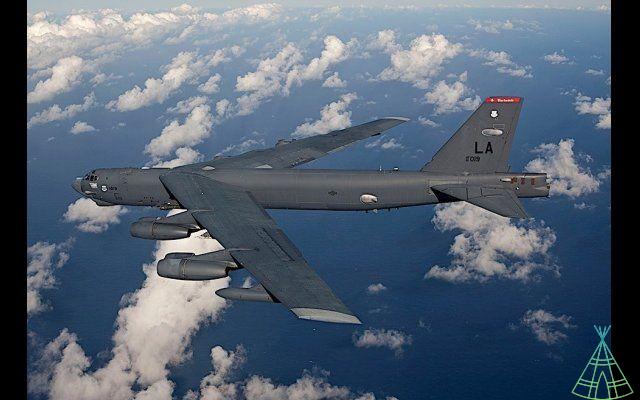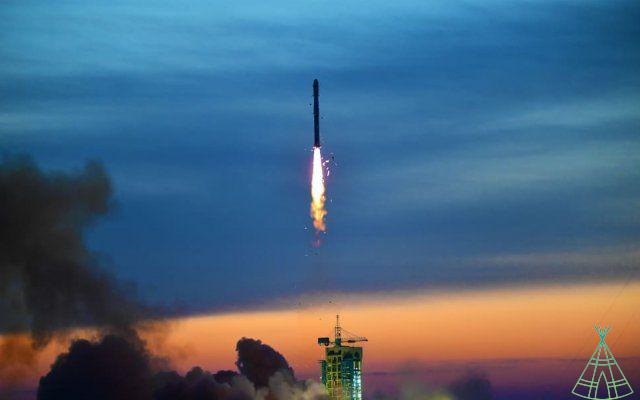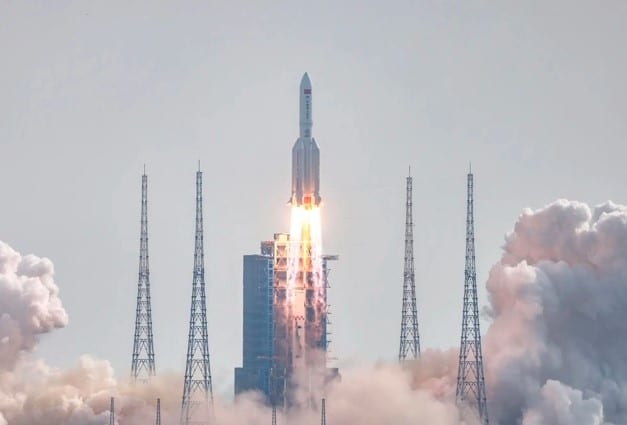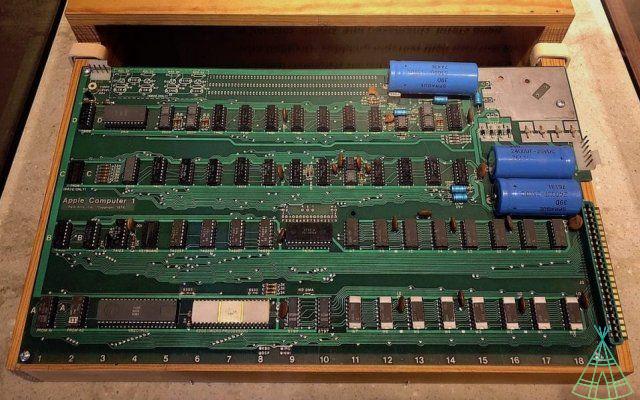A key part of the American air force in several wars throughout the 20th century, in Vietnam and in the Gulf War, and still used in conflicts in the Middle East, the B-52 Stratofortress bomber may be the first aircraft in history to deploy 100 years of uninterrupted operation.
(And, barring some obscure case, also the first military vehicle in all history to see actual battles for that long. There are things like the USS Constitution, a sailing ship from 1797, but today it's a ceremonial piece.)
Pterosaur far from extinction
This week, one of the companies responsible for keeping the model updated, L3Harris, announced a decade-long contract to overhaul the aircraft's electronic warfare self-protection system.
This set of revisions is responsible for protecting against radar and multiple electronic spectrum threats, which can impede machine operation. Exact details have not been announced. But the new contract, estimated at US$ 947 million (about R$ 5,2 billion in direct conversion), should keep the Florida company as the aircraft's maintainer for the rest of its useful life.
Closed last Tuesday (5), the L3Harris agreement reinforces the Pentagon's plans to keep the B-52 active for at least until the mid-21st century and enable the 100-year milestone — the aircraft, built by Boeing, flew for the first time in April 1952 (hence its number).
Part of the plan provides for the repowering of the entire B-52 fleet in a program that should cost around US$ 11 billion (R$ 60,8 billion). General Electric, Raytheon Technologies (owned by Pratt & Whitney) and Rolls-Royce compete in the bid, which requires the construction of 608 engines and spare parts over the next 17 years.
It is worth remembering that, although the program foresees the replacement of about 10% of the components in the B-52, both the fuselage and the analog technology of the aircraft will remain the same as in the 20th century.

What makes the B-52 stay relevant?
The B-52 first saw action in 1956 and is primarily known for its versatility. Maj. Gen. Andrew Gebara, Director of Strategic Plans, Programs, and Requirements for the US Air Force's Global Strike Plan, explains why.
“When we built the B-52, it was supposed to be a high-altitude nuclear bomber. It then became a low-altitude nuclear bomber. And then it became a high-altitude saturation bomber in Vietnam. Then he became a cruise missile sniper during 'Desert Storm' [the Americans' name for one of the key operations in the Gulf War in the early 90s],” he sums up.
And indeed, the B-52, even though it's almost 100 years old, does almost everything in the air. It can carry a wide variety of weapons in the US arsenal, including missiles, cluster bombs and drones, being informally called by the US Air Force the “Buff” (acronym in English for “big ugly and fat fellow”). In all, 744 units were produced between 1952 and 1962.
Internally, the aircraft is a colossus. When powered by bombs, for example, the B-52 weighs over 120 tons, a wingspan of 56 meters. Already on the wings, there are eight Pratt & Whitney turbofan engines with about 8 tons of thrust that keep the aircraft in the air for up to 14.100 kilometers. Its top speed is 1.046 km/h.
Currently, the United States Air Force has 76 B-52s in service, 58 operated by active-duty servicemen.
Via Auto Evolution
Read more:
- Russia launches first hypersonic missile from submarine
- US F-35A fighter completes nuclear bomb flight tests
- It's expensive, but believe me: you can buy your own war tank
Have you watched our new videos on YouTube from Technology Refugee? Subscribe to the channel!


























